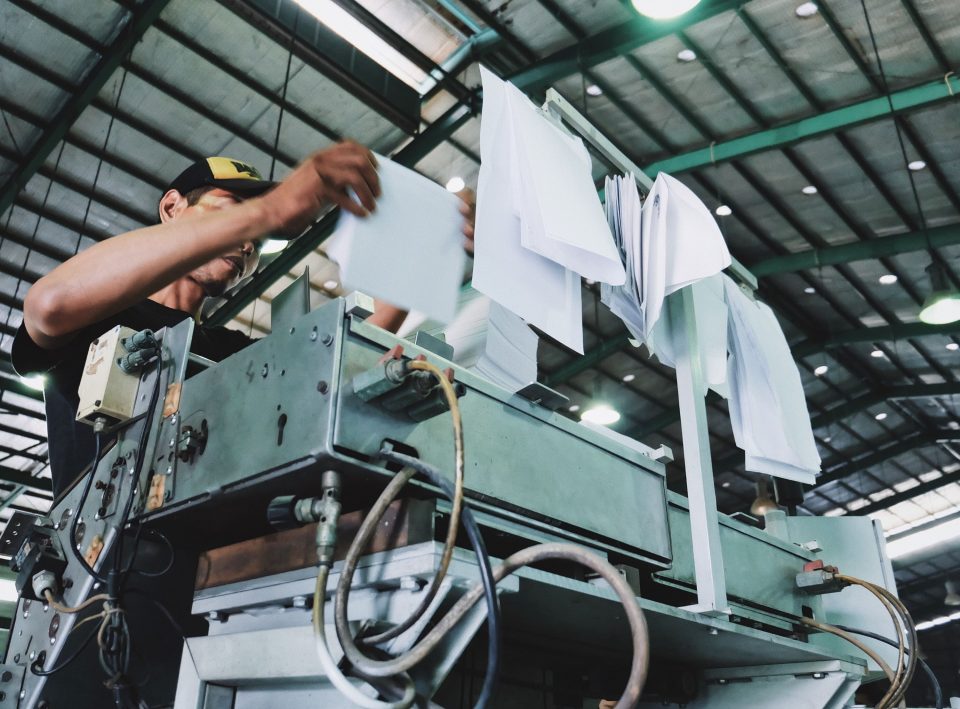Paper and the Circular Economy

Success Lab: How to Manage a Remote Team
February 25, 2021
Sustainability Academy: Ending the Myths about Paper
March 5, 2021
When influential investment firm BlackRock announced in January that sustainability would, from now on, be a part of its investment decisions, it sent shockwaves through business. But there are some parts of the economy that are already committed to sustainable operations.
In January 2021, the FT reported that BlackRock wrote to its clients to advise them that the company will now be assessing environmental, social and governance “with the same rigor that it analyses traditional measures such as credit and liquidity risk”.
BlackRock had been under pressure from environmental campaigners to use its considerable investment clout to promote a sustainability agenda for some time.
However, the company posited its statement as heralding long-term change, saying: “Climate change has become a defining factor in companies’ long-term prospects… we are on the edge of a fundamental reshaping of finance.”
Sustainability and the circular economy
While companies in the oil and gas sector are likely to lose out from this type of investment decision-making, there are some sectors that are already leading the way when it comes to sustainability. The paper industry is, perhaps, the most well-established example of a truly circular economy.
To emphasise these credentials, Portugal-based paper company The Navigator Company released an information video highlighting the many ways in which the paper industry contributes to sustainable operations and a carbon neutral future.
Watch it here:
The video highlights the impact human population growth is having on nature’s ability to restore. It says that the depletion of natural resources and excessive amounts of waste for which we have been responsible since the time of the Industrial Revolution are disturbing the earth’s natural cycle of renewal.
Take action: what is the paper industry doing?
At Navigator, paper is part of a renewable cycle. This begins with the trees the company plants throughout the year and the responsible management of the forests it owns. These forests retain more than 5.8 million tonnes of CO2 – that’s the equivalent of 1.5 million journeys around the entire globe by car!
As well as forests playing an important role in storing carbon and removing it from our atmosphere, the lifecycle of paper is also highly sustainable. Ninety percent of the materials used in its production are recyclable. And, at the Navigator company, forest biomass is used to power its paper plants.
Once the paper has reached the consumer, the virtuous cycle continues. The European rate of paper recycling stands at 72 percent. This is higher than for any other product consumed in Europe. Typically, paper is used in four different products through its lifecycle!
Towards a sustainable, circular economy for all
In this way, we can see that paper is a truly circular economy. Its natural qualities, paired with the commitment of ethically operating companies such as Navigator, set the standard for sustainability that other companies must follow.
Thankfully, it now appears that big finance also agrees with this sustainability agenda. As The Navigator Company emphasises: “We know this is not our planet to waste – that’s why we create value in harmony with nature.”
It is incumbent on us all to take this message to heart and operate our own lives and businesses in the same way.
Download an infographic that explains the entire paper lifecycle here.
Read more about the papermakers.




